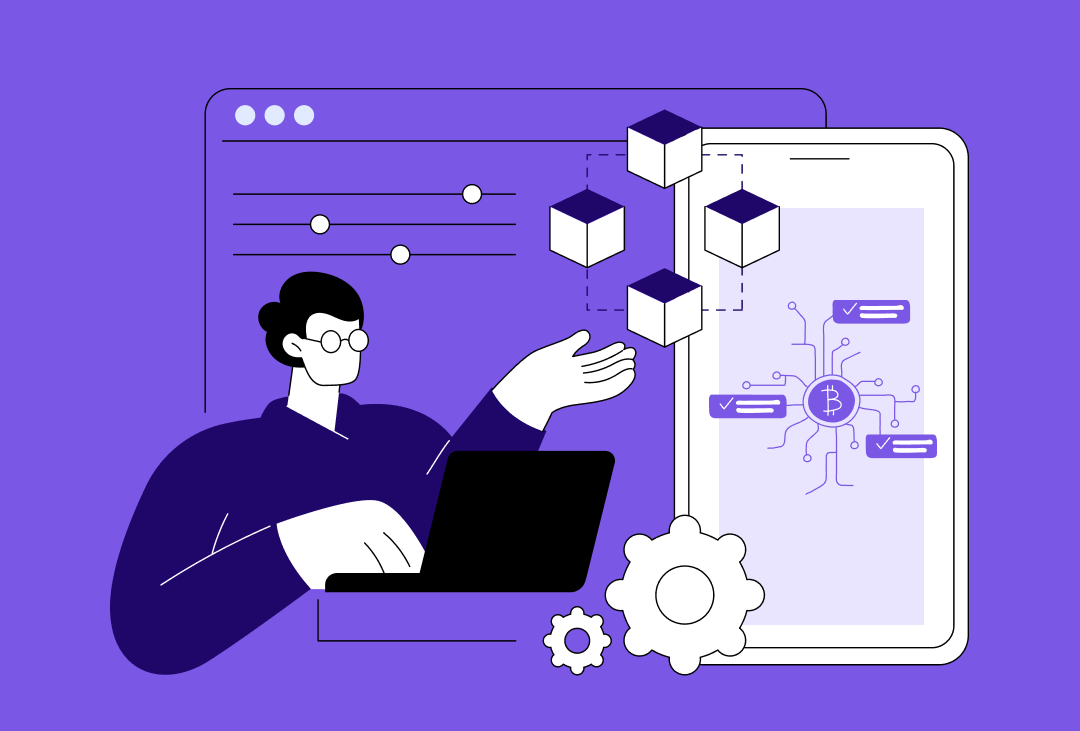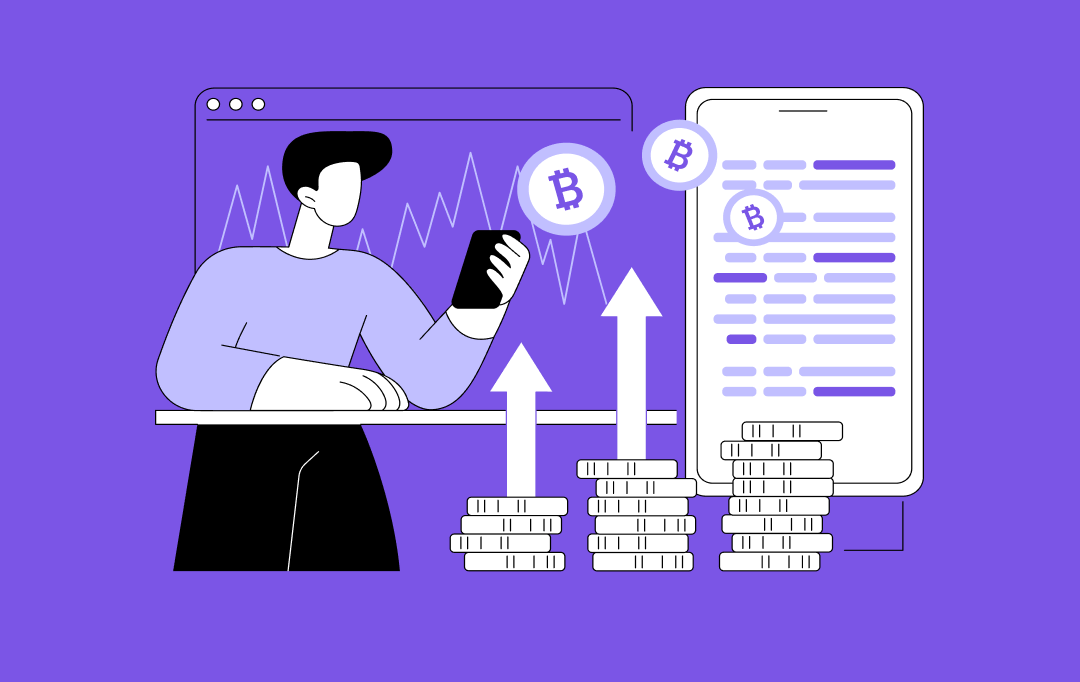- The types of DAO blockchain
- Protocol DAOs
- Collector DAOs
- Investment DAOs
- Grant DAOs
- Entertainment DAOs
- How to build DAO on blockchain?
- 1. Determine the purpose and build a foundation
- 2. Plan out ownership and voting mechanism
- 3. Establish a governance structure
- 4. Set up rewards and incentives
- 5. Launch the DAO
- Partnering with Blockchain development company like Appinventiv
Finding investors is every founder’s dream. This dream, while opening multiple avenues of innovation and business scaling for the entrepreneurs, usually comes with a seat for investors as board members.
While the focus of founders is to gather known people across their boardroom table, these members can start a power game of egos to show who is in control. In such cases, founders understandably find it difficult to put their foot down and get pressured into making wrong decisions for their business.
Between these ego clashes and the inability to put a strong voice ahead, the everyday operations of a business and its future stand in jeopardy.
This example is just one way of explaining how fatal incorrect or pressured decisions can be. To solve these issues across a range of other use cases, businesses have slowly started turning towards the comforts of transparency and equal rights that DAO blockchain offers.
If you are here reading this, it is safe to assume that you already know how DAO on blockchain are 100% automated democratic communities which run on anonymous participation and voting. They rely greatly on smart contracts that decide the decision-making capabilities among the users having voting powers (typically, the one holding more tokens has more voting power).
Ultimately, within its multifaceted elements, the answer to how does a DAO work brings it on a stark opposite end of a traditional organization working.
| Parameters | DAO | Traditional Organization |
|---|---|---|
| Services | Automated | Needs human handling |
| Voting | Mandatory for all participants | A single party can make decisions based on the company’s structure |
| Governance | Community-based | Based on board of directors or executives |
| Transparency | Fully transparent | Not transparent |
Now before we get down to the step-by-step detailing of setting up a DAO, let’s give you some options in terms of the types of DAO blockchain you can invest in. While we started our article by drawing the connecting lines between how a DAO like model can be helpful in an organizational setup, the reality is that its use cases are a lot more widespread.
The types of DAO blockchain
Based on the end goal, technology, and structure, DAOs can be segregated into multiple types.
Protocol DAOs
When tokens act as a voting metric to implement changes in any protocol, the governance structure presents protocol DAOs. For example, Uniswap – it awards native tokens to the liquidity pool contributors, which can then be used for voting in the DEX’s governance-related decisions.
Collector DAOs
Artists that use non-fungible tokens (NFTs) for creating art, depend on collector DAOs for establishing their art’s ownership. An example of this can be found in Flamingo and PleasrDAO.
Investment DAOs
Also known as Venture DAOs, they enable capital pooling for democratizing investments in multiple DeFi operations. Krause House is a leading example of venture DAO that is governed by the basketball fans for operating the National Basketball Association.
Grant DAOs
In this type of DAO blockchain, the community contributes to the grant and votes on fund allocations for investments in innovative DeFi projects. An example of this lies in the Aave Protocol that uses the infrastructure to grow its DeFi initiatives.
Entertainment DAOs
These DAOs allow the creators to bring innovation to the digital world by giving them control over the governance.
Deciding between these or other DAO on blockchain would greatly impact the next section we are going to cover – how to make a DAO. However, if there is one thing that these use cases tells it is the indisputable fact that DAOs are gaining popularity on a wide scale and here are some stats to validate that –

How to build DAO on blockchain?
At its center, DAOs are made up of four critical elements – Objective, Governance, Voting, and Rewards. Understanding them is crucial to get a grasp on the process to build a DAO.
To start with, the basics of how to create a DAO lies in having a deep understanding of DAO smart contracts as they would construct all the rules set by the community members and determine how the protocol would operate. This is where governance becomes very important.
The next step to build a DAO would be to figure out financing and how to impart governance after the rules have been inscribed on the blockchain. Typically, a token issuance method is introduced here where the protocol sells tokens for replenishing DAO’s treasury. Here, the token holders get voting rights proportional to their amount of holdings.
Once the funding gets complete, the DAO becomes ready for deployment on the Ethereum blockchain, which once deployed into production needs Ether (ETH) to perform Ethereum transactions. Following this, ETH is given to the DAO smart contract address in the initial creation phase as specified in the codes.
Understanding the working of the model will help answer how to form a DAO but you will still need to plan out the four elements we had mentioned, on a detailed level. So let’s get down to the steps to build DAO on blockchain.

1. Determine the purpose and build a foundation
The primary step to build a DAO is determining why it is required, the role it would play and its working. It would be important for you to find the opportunity, run a market validation test on the need of having the DAO and finalize processes that can be put into smart contracts.
Once this foundation is set up, you will need to create:
- An encrypted wallet for allowing token storage and transactions
- A smart contract with automated processes
- A community of interested members
- A specified voting timeline
- A forum or chat room option for members to know what is going on
2. Plan out ownership and voting mechanism
After agreeing on the goal of the DAO, the next step that comes is on the front of establishing ownership and deciding on the voting mechanisms among members. Typically, when you create a DAO, you will need to transfer ownership to the members – something that can be achieved through three ways – Airdrops, Rewards, and Token purchase.
In case of airdrops, the tokens are given to members on the basis of their contributions in the community. Rewards, on the other hand, are bonuses paid to members that achieve their goals or duties. The third option is to list your tokens on decentralized exchanges and allow members to buy them.
Now since we are talking about membership so much, let’s briefly look into the role of membership in setting up a DAO. When you start a decentralized autonomous organization, you will need members who would vote for the approval or rejection of the decisions your DAO works around.
To achieve this, there are two kinds of memberships that exist – one is token-based (people who own the DAO token will become the member) and other is share-based. In case of the latter, people will need to submit a proposal indicating they have the expertise to make valuable decisions.
Once the ownership is planned and in place, you will need to create a voting mechanism. A popular way of approaching this is to decide on the vote on the basis of the number of tokens and not the number of voters. The side which gets the maximum tokens will be the end result.
3. Establish a governance structure
This is the most critical aspect when answering how to create a DAO. This stage details how decisions will get made once the DAO is set up. It will have information around the voting mechanism, multiple use cases around the process, and clarifications around the essential components of the DAO network including the exchange, which will hold the transaction, validator – the one who will verify all the transaction, the developers who will build the code, and the users who will participate in the community.
You can get an idea of DAO governance structure through Maker DAO documentation. It carries details of things like – correct use of the wallets, using the IOU tokens for locking in the votes, the duration of how long the token holder must posses the token before they become eligible for voting, how to unlock the votes, the solution to what happens of the token value in, and the danger of whales, etc.
In the governance structure document that you create, it will be beneficial to add in a section on how the DAO will make money. While it is a given that DAO will earn from the sale of their native tokens (which would give members the voting rights), the members can also give it capital in return of buying an early-stage project that would share the profit with them as a part of investors share.
4. Set up rewards and incentives
The last step of how to start a DAO lies in setting up rewards for the DAO members towards their contributions. Typically, native governance tokens get distributed to contributors who use the DeFi protocol for consideration. These represent the ownership rights they carry. You can also reward them through cryptocurrencies such as USD Coin (USDC), ETH, Tether (USDT), or through grades and titles.
5. Launch the DAO
Once you have covered all the steps, you will come to a stage where you have answered how to build a DAO and are now ready for its launch. While there could be multiple ways to address this, the quickest one will be to set up a Discord and Telegram community to grow awareness and then direct members to your DAO platform.
With this, we have looked into the multiple stages of how to create a DAO. Now, I am sure the more you research, the more you will come across platforms that will give a DIY answer to how to set up a DAO like Aragon, Syndicate, DAOstack, and more.
However, those articles rarely mention the challenges – ones that will need a strategic solution. Remember the 2021 incident where a simple user interface error helped hackers exploit $120 million from BadgerDAO? So while these low-code platforms do provide convenience, online threats like Badger’s can rip off your brand’s future.
The solution?
Partnering with Blockchain development company like Appinventiv
Partnering with a blockchain development company that doesn’t just hold an expertise in how to build DAO on blockchain from scratch but has also solved complications that arise from centralization caused by master nodes (those who own most tokens), shadow voting, code vulnerability, and the extension of time led by getting every member’s vote.
At Appinventiv, we specialize in creating time-sensitive, hack-proof DAO platforms that enable the world to connect and become the deciders of causes they care about. Want to know more? Get in touch with us to create a DAO.



How Much Does it Cost to Build a Blockchain App in the UAE?
Key takeaways: The UAE blockchain market is rapidly expanding, with the BFSI sector capturing over 50% of the market share. As blockchain adoption accelerates, development costs in the UAE range from AED 55,000 to AED 1.85 million, depending on app complexity and features. Factors such as platform selection, security measures, and third-party integrations directly impact…

How Blockchain Integration Is Optimizing Business Processes in Dubai
Key takeaways: Blockchain is a strategic enabler in Dubai, transforming traditional business workflows by enhancing efficiency, transparency, and automation beyond cryptocurrency applications. Dubai’s supportive regulatory environment and government initiatives (e.g., VARA, Dubai Blockchain Strategy) create a clear, innovation-friendly framework, accelerating blockchain adoption. Integration with legacy systems through modular blockchain solutions enables enterprises to modernize operations…

OTC Crypto Exchange Development - Benefits, Features, Process, Costs
As the world of cryptocurrency continues to evolve, the demand for Over-the-Counter (OTC) crypto exchanges has surged. Unlike traditional exchanges that are open to all traders and often suffer from market slippage when large trades are executed, OTC exchanges cater specifically to institutional investors, high-net-worth individuals, and corporate traders who need to make large transactions…

















